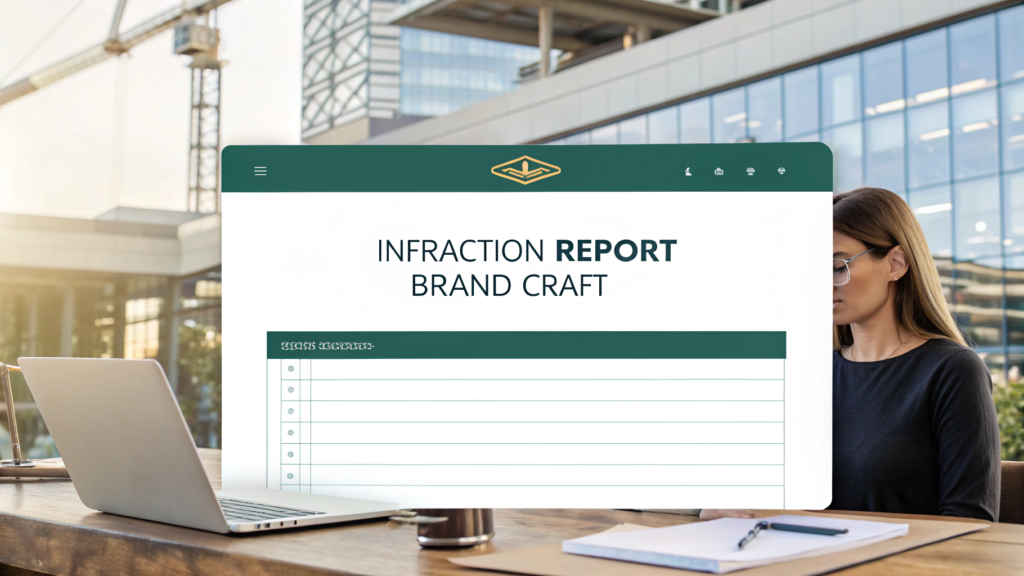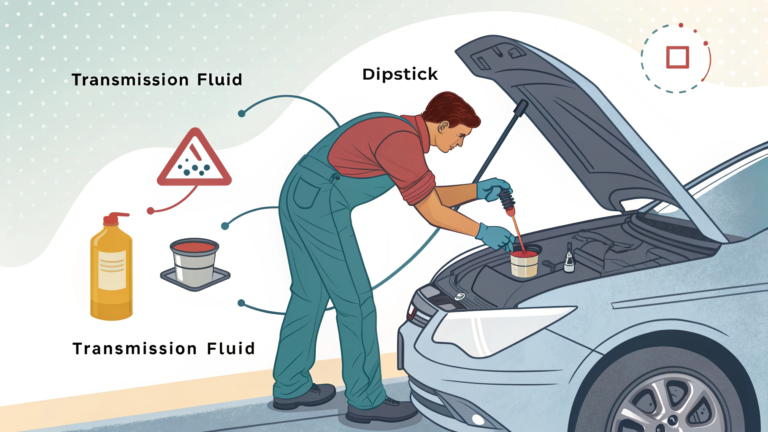
A network abuse complaint is a formal way of telling a hosting company that a site or deployment on its platform is doing something harmful.
The complaint might be about phishing, malware, scams, or other wrong activities. When a report is made public, it often provides an overview without giving away personal or private details. Some fields are hidden or cut to protect people’s identities or sensitive information.
This article will break down what such a report looks like, why it is important, how the company Vercel handles these reports, examples of misuse, and what users can do if they come across harmful sites. By the end, you will have a clear picture of how these complaints work and why they matter.
What Is a Network Abuse Complaint?
A network abuse complaint is like a warning or alert about bad behavior online. It tells the hosting platform that something wrong is happening on a site they host. The wrong activity can include stealing user information, spreading viruses, imitating trusted companies, or tricking people with fake messages. Hosting companies like Vercel provide space on the internet for people to create websites. But sometimes, bad actors use this space for harmful purposes. When someone notices this, they can send a complaint.
Such a complaint usually includes details about the site causing problems, a short description of what is happening, and sometimes evidence like screenshots or URLs. However, when these reports are shared with the public, they remove or hide any private data. The idea is to inform without putting anyone’s privacy at risk. The public version might say something like, “This report provides an overview of a network abuse complaint filed against vercel.app. This is a public report and some fields have been removed.” This means that the main idea is there, but the sensitive parts are hidden.
How Vercel Handles Abuse Reports?
Vercel is a popular platform that allows developers to build and host websites and applications quickly. Since it is open for many users, some people may misuse it. Vercel has rules and systems to deal with complaints. When someone files a network abuse complaint, the process usually goes like this:
- Complaint Received: Vercel gets the report through an official channel. The report says what is wrong and gives details about the deployment or page.
- Review and Verification: The team checks if the complaint is valid. They may need more proof if the issue is complicated. For example, phishing pages or malware may need deeper checks.
- Action Taken: If the complaint is true, Vercel can remove the harmful page or disable the deployment. This can be temporary or permanent.
- Feedback or Follow-up: Sometimes, Vercel asks the reporter for more information or evidence. They might also explain what steps they took.
Vercel’s process is important because the internet is full of both good and bad actors. Handling abuse complaints keeps the platform safer for everyone.
What Information Appears in a Public Complaint?
When a complaint is made public, not everything is shown. Usually, the public report gives a brief overview. It tells readers that a complaint exists, mentions the type of problem (network abuse, phishing, scam, etc.), and confirms that some details are removed. This keeps the report informative but safe. The reason for hiding some fields is to protect privacy, prevent misuse of the complaint itself, and avoid sharing sensitive information that could hurt investigations or the people involved.
For example, a report might say that an abuse complaint was filed on a certain date against a specific site but will not share personal names, addresses, or exact technical logs. This balance between transparency and privacy is key to building trust.
Why Are Some Fields Redacted or Hidden?
Redaction means covering or removing some parts. In public complaints, certain fields are hidden for good reasons. Privacy is the main reason. A complaint might involve a customer’s data, law enforcement requests, or security issues that cannot be open to everyone. If all details were made public, it could harm innocent users or help attackers learn more. By removing sensitive data, the platform ensures that the public gets the main message but nothing that could cause more problems.
Steps After a Complaint Is Filed
When a complaint is filed, here’s what usually happens:
- The complaint enters the review process.
- The abuse or legal team checks the evidence.
- If the complaint is valid, they act quickly, sometimes taking down the page or account.
- If the complaint is not clear, they may ask for more information from the person reporting.
- In some cases, a case might be closed without action if there is no evidence.
Delays and Challenges in Handling Complaints
Sometimes reports take time to handle. The reasons can include too many complaints coming at once, the need for stronger proof, or coordination with law enforcement. Some reporters say that they have faced delays of days or weeks. Vercel tries to act fast, but like many platforms, it must be careful and fair. A false complaint could harm an innocent user, so checks are needed.
Examples of Abuse and Action
Over time, there have been examples of people using hosting platforms for phishing sites, fake invoices, scams, or malware. These might include harmful files pretending to be normal documents. Attackers may send links by email or social media, hoping people will click. Platforms like Vercel must find and stop these quickly. The role of abuse reports is very important here. Each complaint is like an alarm, helping to clean up the internet.
Frequently Asked Questions (FAQs)
1. What is a network abuse complaint?
A network abuse complaint is a formal report telling a hosting company that a site on their system is doing something harmful, such as phishing, scams, or spreading viruses.
2. How can someone file a network abuse complaint?
Anyone can send a complaint to the hosting company, usually through a form or email. They explain what is wrong and give details like the website link or screenshots.
3. What happens after a complaint is sent?
The company reviews the complaint, checks the evidence, and decides if action is needed. If the report is valid, they can remove or block the harmful page.
4. Why are some complaint details hidden?
Some parts are hidden to protect privacy and security. Sensitive information, like names or addresses, is removed so no one is harmed.
5. How long does it take for action?
The time can be short or long. Some complaints are handled quickly, while others take days or weeks, depending on the evidence and seriousness.
6. What if the complaint is false?
If the complaint is false, no action is taken against the website. The platform checks reports carefully to avoid hurting innocent users.
7. Are these reports always public?
Not always. Some reports are private, especially if they involve legal issues. Public reports usually share only safe and general details.
8. Why is it important to file a complaint?
Complaints help keep the internet safe. By reporting harmful sites, users protect themselves and others from scams, theft, and viruses.
9. Can attackers keep coming back?
Yes, some attackers create new sites even after one is removed. Platforms work to block them, but constant reporting helps reduce risk.
10. What should someone include in a complaint?
They should include the site link, a clear description of the problem, and any evidence like screenshots. More details make it easier for the platform to act.
Conclusion
A network abuse complaint is a key tool to keep hosting platforms safe and reliable. The report mentioned here gives an overview of one such complaint against a site on Vercel.
It explains that harmful activity was noticed, and action might have been taken. Public reports are usually short and hide personal details. This balance of sharing information while protecting privacy is important. Platforms like Vercel need reports from users to fight scams, phishing, and other online threats. By filing clear and honest complaints, users help keep the internet safer for everyone.
Even though some cases take time, the process works when evidence is strong. If you ever see a suspicious or harmful site, filing a network abuse complaint is the right thing to do.





